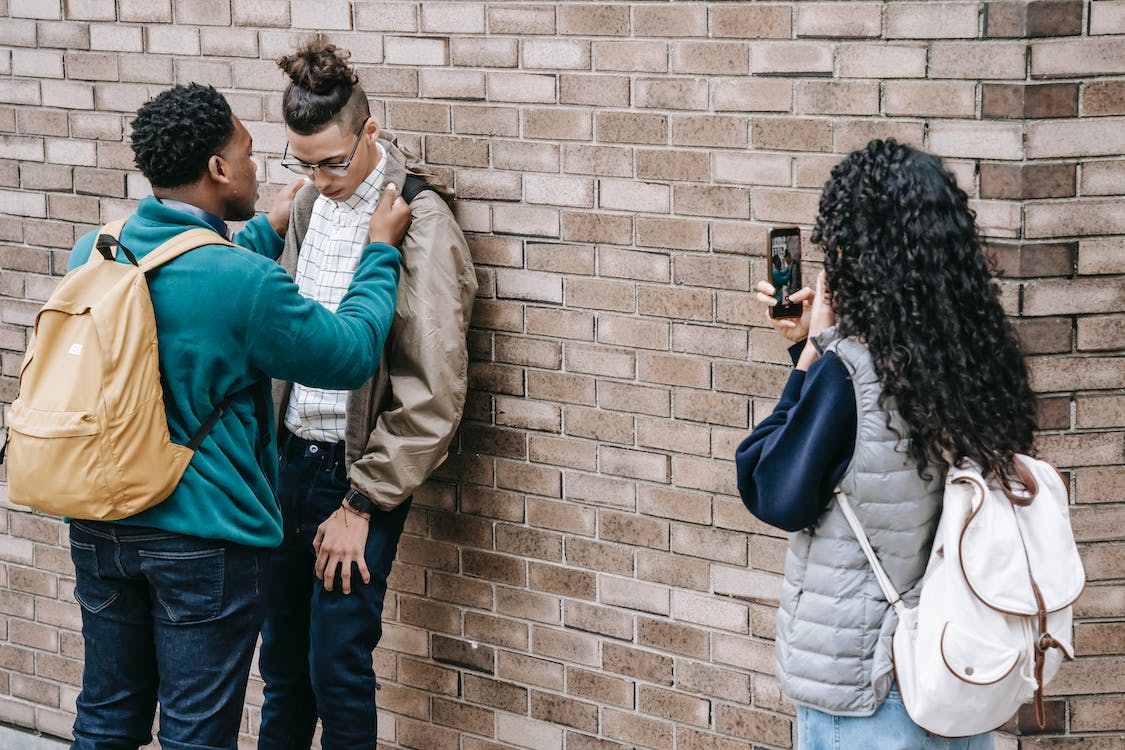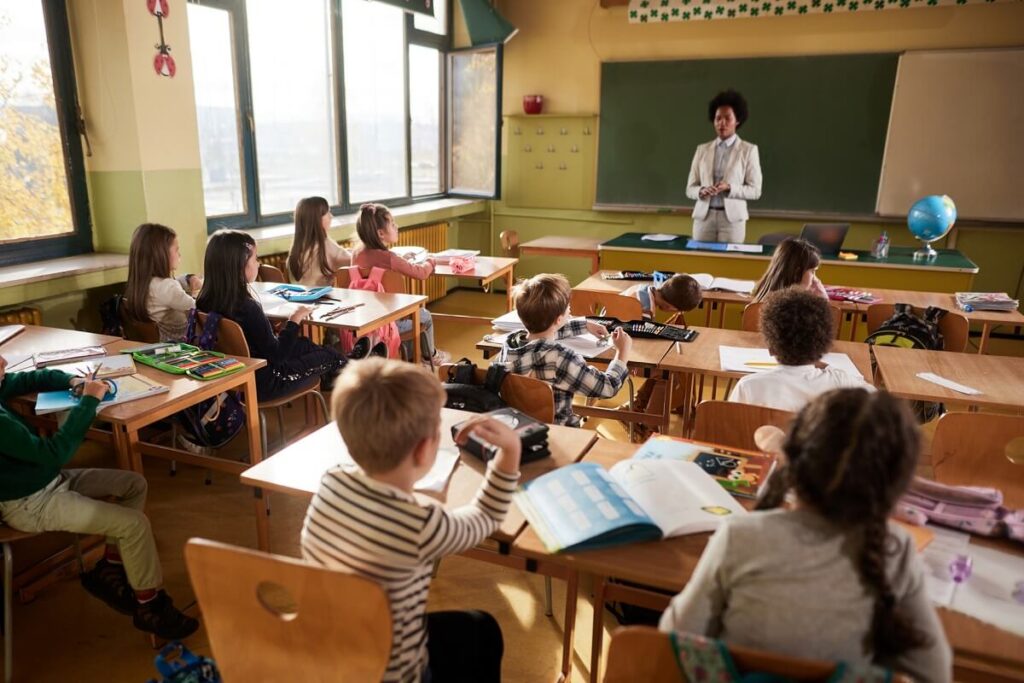School-wide bullying programs can decrease bullying incidents by about 25% or more (McCallion & Feder, 2013). There are four primary roles in bullying incidents – the bully, the followers, the target, and the bystanders. The bully or bullies are the students that are engaging in the bullying behaviors and the followers are the students who go along with the bullies or support the bullying behaviors. The target is the student or students who are being bullied and the bystanders, which are most students, are the ones who are nearby when the incident occurs or are aware of the bullying incidents but not directly involved.
Research shows that the most effective way to stop a bully is when a bystander intervenes. This can decrease bullying incidents by about 50% (Davis & Nixon, 2010). Bystanders should not confront the bully; rather, they should interact with the target in a positive way and remove the target from the situation. For instance, if a bystander observes a student being bullied in the cafeteria, they can give a compliment to the target like, “Nice goal today in soccer; that was great!” While ignoring the bully, they can engage the target and invite the target to come sit with them and their friends in the cafeteria.
Social-emotional learning (SEL) programs have also been shown to decrease bullying incidents. These programs target positive social behaviors that build the necessary skills and coping mechanisms to handle challenges more effectively and ethically. The gold standard for SEL programs is the CASEL (Collaborative for Academic, Social, and Emotional Learning) model which suggests teaching self-awareness, self-management, responsible decision making, relationship skills, and social awareness. Building these skills can improve academic performance and school climate and can reduce behavioral challenges and bullying incidents.
Bullying is not a problem that is specific to school settings. A general shift in our thinking and attitudes is essential to minimize these incidents. Schools should teach staff, parents, administration, and their students how to prevent and respond to bullying. Parents and community members should be aware of red flags that their child is being bullied or is bullying someone and should work with their schools to minimize these incidents.
Decreasing bullying not only helps the students who are targets, but also improves the learning environment for all students and helps the student who is engaging in bullying to more effectively manage their behaviors. A more positive school climate also decreases stress and improves staff job satisfaction.











